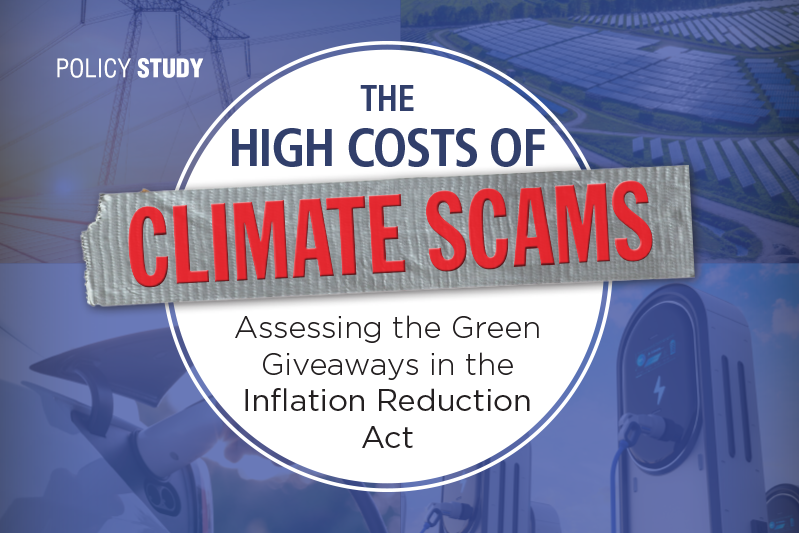The year 2022 global wide ACE data outcome is about 29% lower than the average over the 30 year-long (1991 through 2020) climatology period tracked by Colorado State University’s Tropical Meteorology Project data base.
This decades long measured global wide tropical storm declining strength data trend outcome contradicts the data deficient and unsupported climate alarmist claims that tropical storms and hurricanes are growing ever stronger because of “climate change” that is falsely hyped by both the climate alarmist propaganda media and their Democrat political leaders.
Additionally, NOAA’s science measured tropical storm data through year 2022 clearly demonstrates that global hurricanes are not trending stronger in numbers, duration or intensity in the Northern Hemisphere Oceans, Southern Hemisphere Oceans and North Atlantic Ocean (as shown by ACE data graphs for these ocean regions below) despite the alarmist media concealment of this science data from public view.
The Northern Hemisphere year 2022 ACE is about 33.5% lower than the average of the 1991 to 2020 climatology period, the Southern Hemisphere year 2022 ACE is about 36% lower than the 1991 to 2020 climatology period and the North Atlantic year 2022 ACE is about 22.4% lower than the 1991 to 2020 climatology period.
The Northern Hemisphere Oceans and North Atlantic Ocean year 2022 Colorado State University Real Time TC Statistics ACE profiles compared to the 1991 to 2020 climatology 30-year period are shown below that clearly display the significantly reduced year 2022 ACE levels despite flawed propaganda hype by climate alarmists and media to falsely fabricate claims of increasing storm strengths.
Not only does the climate alarmist media conceal data clearly establishing the fact that global and ocean region hurricanes and tropical storms are not trending stronger they are also grossly misrepresenting the trend in global weather storm costs by erroneously using absolute dollar cost trend comparisons between years instead of using comparisons of these costs configured as a percentage of GDP (Gross Domestic Product) data as established by the United Nations as the appropriate economic basis for making weather damage yearly cost comparison trends.
AP climate alarmist propaganda reporter Seth Borenstein and other alarmist reporters continue to falsely misrepresent cost trend comparisons of global weather events by deliberately concealing GDP global weather event cost trend data comparisons and incompetently reporting these costs in absolute dollars as noted below from a recent AP article.
“That’s the state of climate change in the 2020s that $268 billion in global disaster costs is a 12% drop from the previous year, where damage passed $300 billion.
The number of U.S. weather disasters that caused at least $1 billion in damage is only at 15 through October and will likely end the year with 16 or 17, down from 22 and 20 in the last two years, according to the National Oceanic and Atmospheric Administration. But because of Hurricane Ian, overall damage amounts are probably going to end up in the top three in American history.
Weather disasters, many but not all of them turbocharged by human-caused climate change, are happening so frequently that this year’s onslaught, which 20 years ago would have smashed records by far, now in some financial measures seems a bit of a break from recent years.”
The graphs below address that the total number of global weather events and their costs as expressed as a percentage of GDP are not trending upward which contradicts claims of increasing cost trends as erroneously hyped by climate alarmist flawed methodology which inappropriately use absolute dollars figures in attempting to make these cost trend comparisons.
The graphs below represent analysis by Dr. Roger Pielke that addresses the number of global events and costs as a percentage of GDP for global weather damage losses covering the period 1990 through 2022.
The climate alarmist AP article noted above as well as many other climate alarmists articles trying to falsely portray increasing severe weather events fail to address at all the lack of increasing numbers and severity of U.S. tornadoes over the last 18 years (2005 through 2022) as shown by the latest NOAA data below which shows only 5 of the last 18 storm year totals were above the mean range with the two highest values occurring 12 to 15 years ago. Year 2022 totals were below the mean.
The number of strongest tornadoes (EF3+) has in fact been consistently declining from 1970 through 2020 as shown by NOAA data in the graph below.
This blatant failure by the climate alarmist media to address the reality of declining weather event severity and instead conceal such data is just another example establishing the dishonesty and deception of climate alarmist propaganda articles in their efforts to hide measured science data from public view and instead rely upon science data unsupported claims and contrived propaganda.
NOAA’s measured hurricane strength data both globally and regionally over many decades exposes the flawed and failed climate alarmist claims that hurricanes are growing stronger as being both erroneous and dishonest.
UN adopted methodology of measuring global weather storm cost trends using percentage of GDP assessments (instead of flawed assessments using absolute dollar yearly total comparisons as employed by climate alarmists) show the costs of global weather events are not trending upward as erroneously claimed by climate alarmists and media.

































